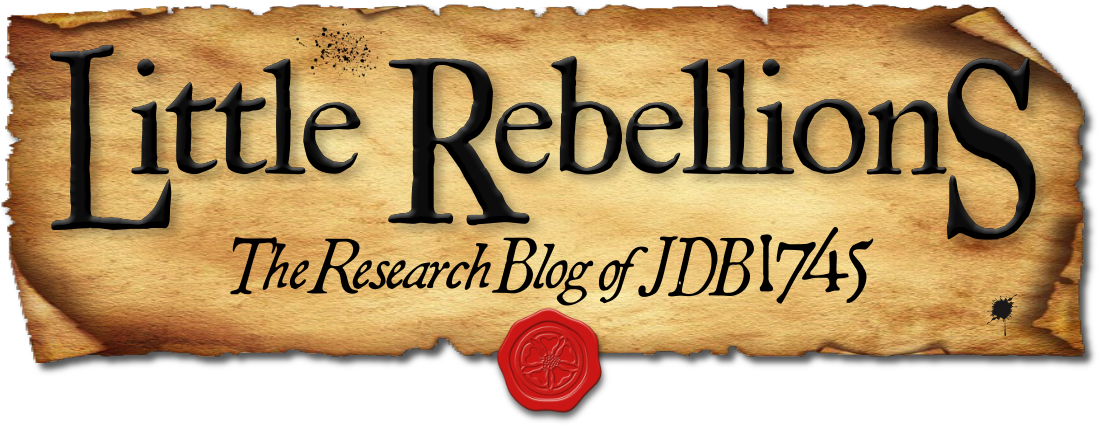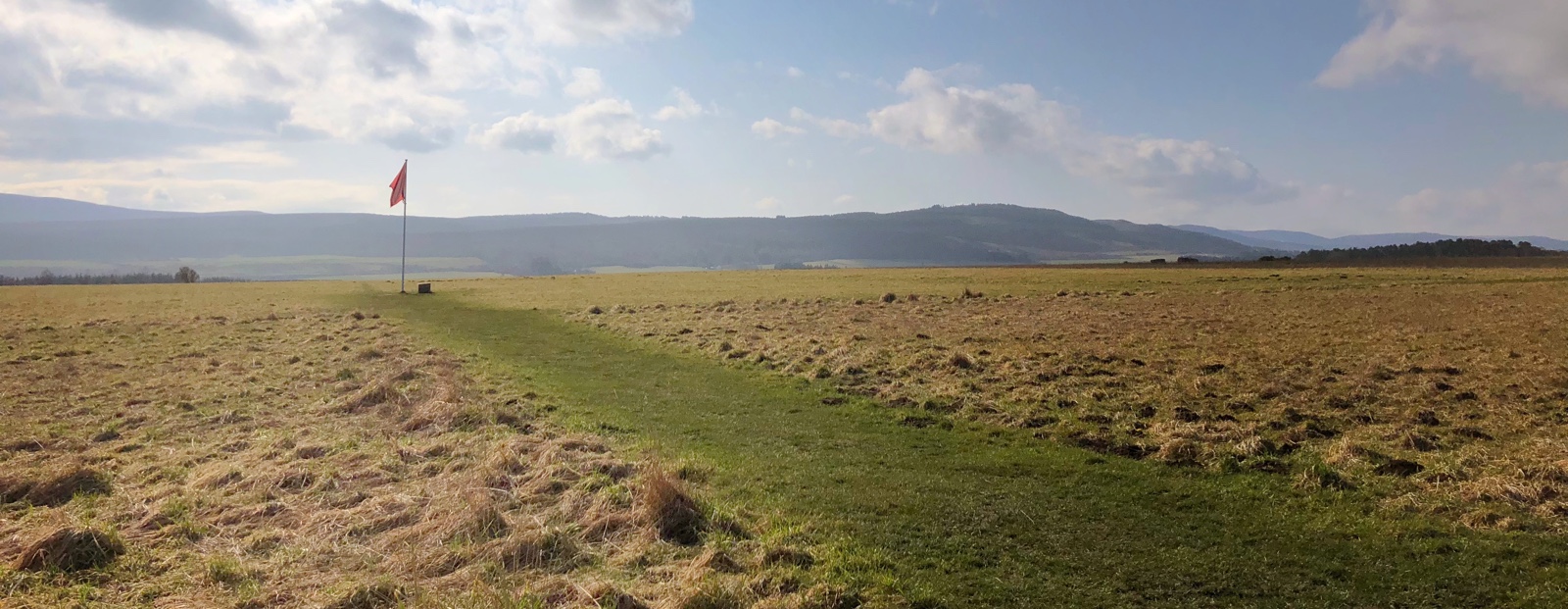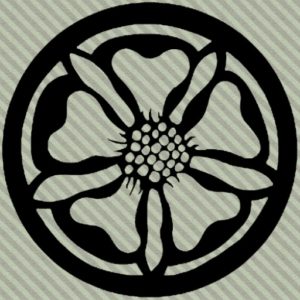Depending upon which contemporary account one reads, descriptions of the Jacobite army’s behaviour during the 1745 rising can paint a number of strikingly different pictures. Embellished narratives and biased propaganda on both sides of the conflict alternately portray Bonnie Prince Charlie’s troops as infantophagic savages who carved a trail of rapine and destruction through Britain, and a benevolent cadre of altruistic revolutionaries who only took what was freely given, while charming inhabitants in both village and burgh. The reality is, of course, somewhere in between, and eyewitness descriptions provide some validation to both characterisations, which are slanted according to who is telling the story.1 Less commonly explored, however, are the operational accounts of how the Jacobite army conducted itself administratively as it moved through towns in Scotland, solidifying control of ‘North Britain’ in the early months of the last rising. Some of these records, which feature guidelines and orders from Charles Edward Stuart himself about how to orchestrate an occupation, lie in numerous London archives amongst swathes of captured and intercepted Jacobite correspondence.
Category: Vignettes (page 1 of 6)
If you had been able to walk the lines at Culloden around noon on 16 April 1746, about an hour before the Jacobite cannons opened up, with enough time to ask a few questions about why the rebel soldiers were ranked up there on that frigid and rainy day, you might get a number of different answers.
It could be somewhat difficult to understand some of the responses, as representatives of numerous countries and localities were present on the field, including many native Gaelic-speakers from the rural Highlands and Islands. Murdoch Shaw, standing at the centre of the Jacobite front line, would tell you that he was brought to Culloden by his master, Alexander Macgillivray of Dunmaglass, who served as a leader of Clan Chattan in the Forty-five.1 It was customary for men of stature to bring servants into battle so their horses and baggage could be kept in order, but some of these attendants were also expected to fight alongside them.2 Shaw’s chief would perish in combat shortly after your conversation with him, at just the tender age of twenty-six.3 On the left flank of the Jacobite vanguard, Donald Bain Grant huddles with men from the different clans serving in Macdonell of Glengarry’s regiment. He might describe to you how he was taken forcefully from his home in Corrimony by desperate Jacobite recruiters just the day before, and that he was quickly rushed to Inverness in anticipation of the coming engagement.4
© 2025 Little Rebellions
Modified Hemingway theme by Anders Noren — Up ↑







